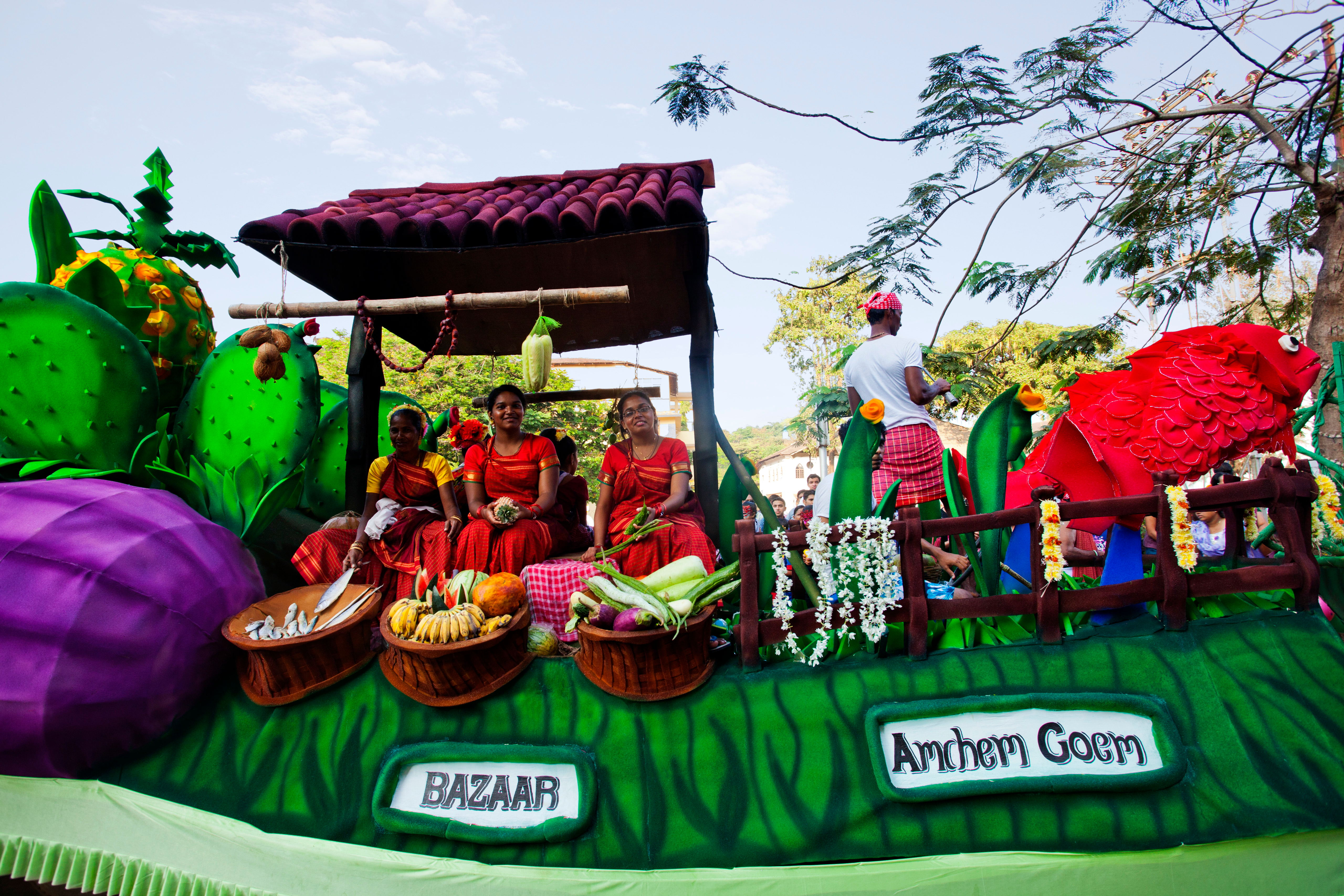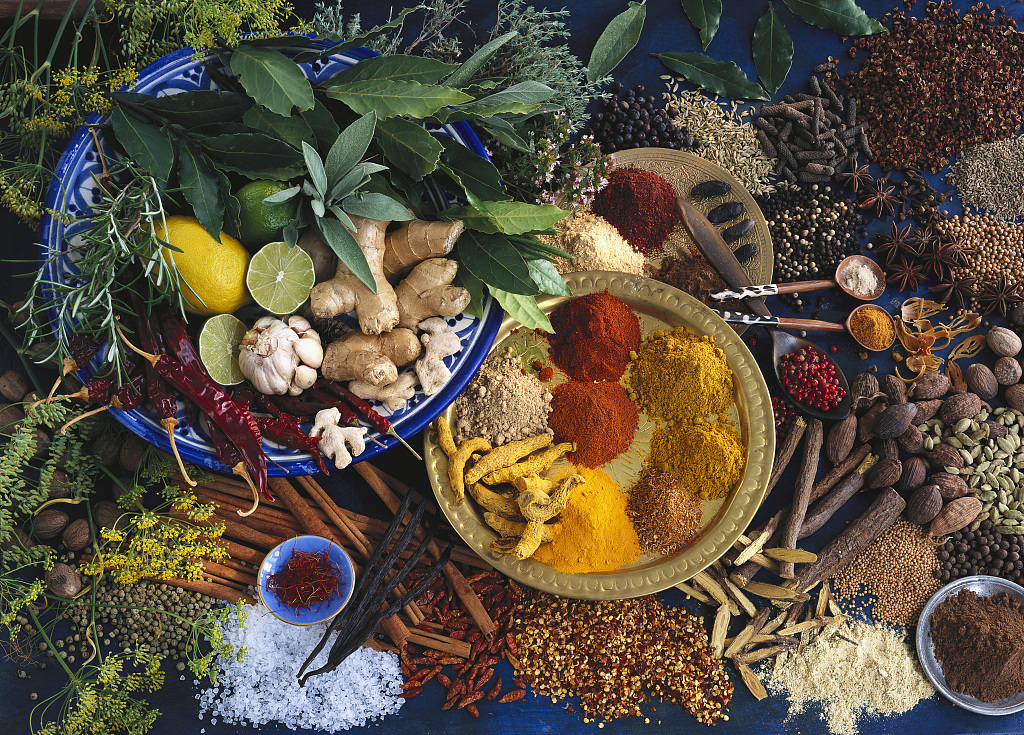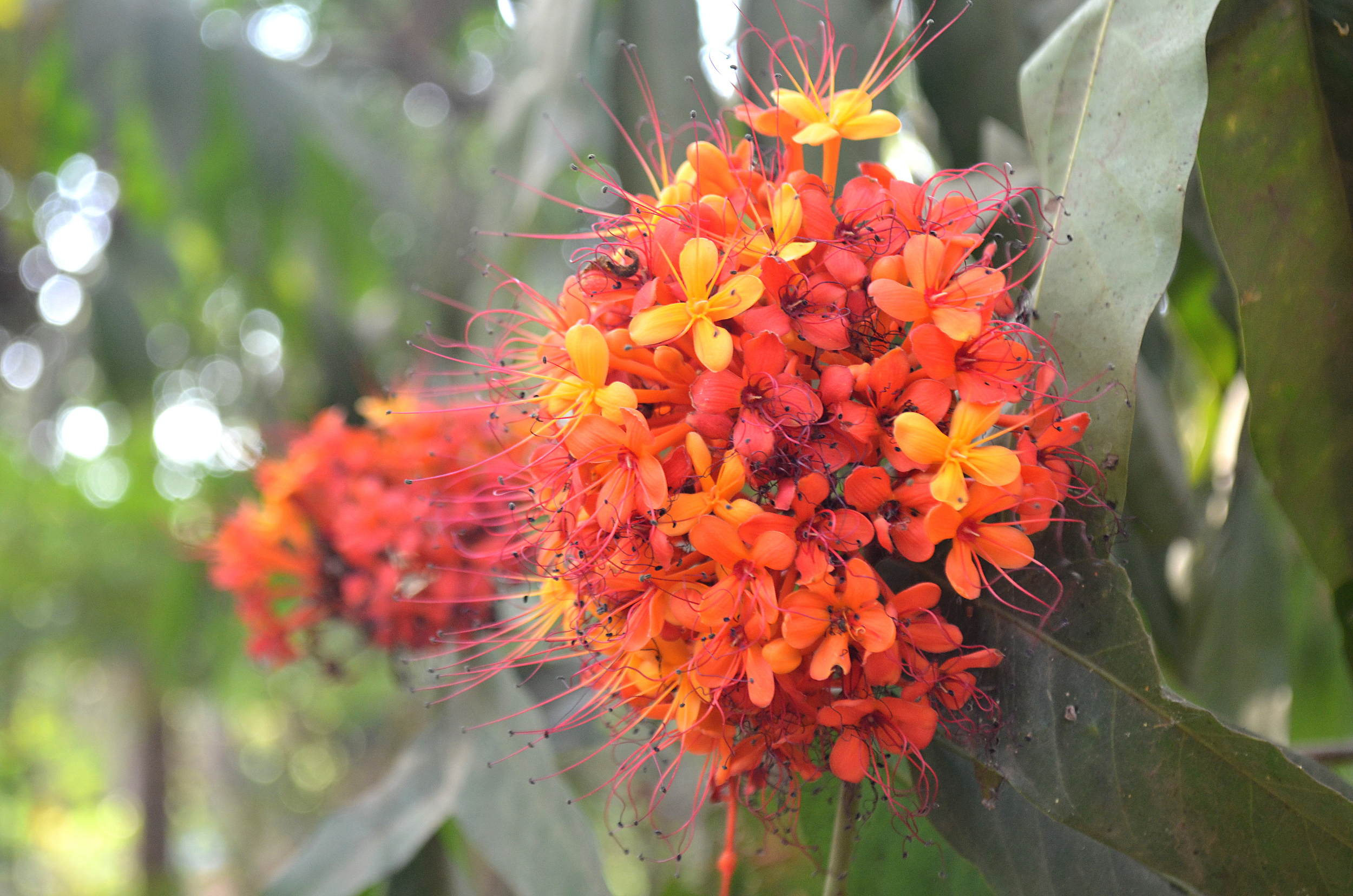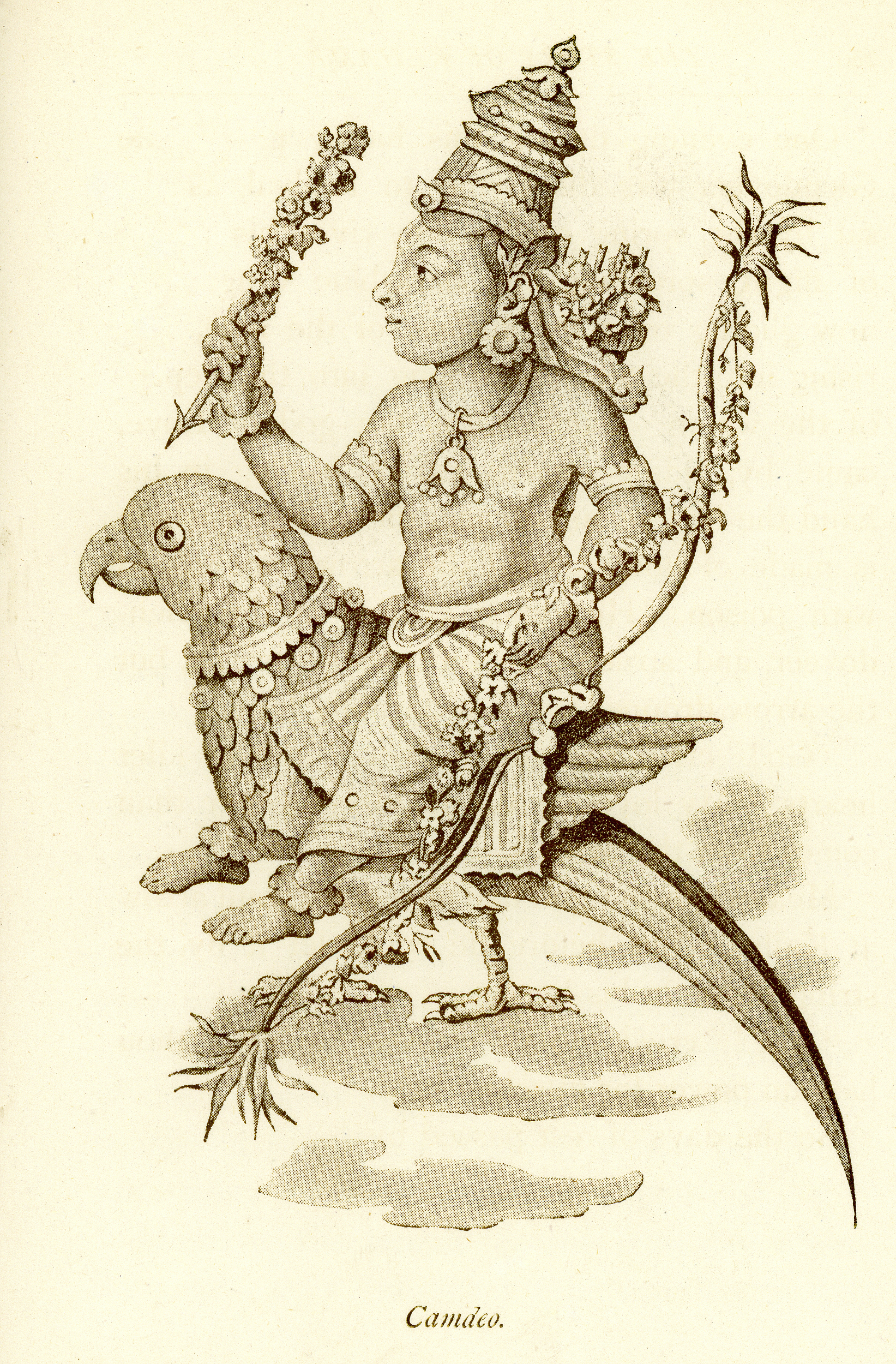
The best time to travel to India is actually during their winter months when the weather is cool and dry. The monsoon season hits India from May until September and you may also have heard about the unbearable heatwaves in May and June. The country enjoys winter to the utmost and there are so many activities, such as skiing in Auli, dubbed the country's 'ski capital', discovering the beauty of the backwaters on houseboat, or attending Goa Carnival, the grand fiesta held in February.

Goa Carnival attracts many visitors. /VCG Photo
But no matter what schedule you have, visiting India will definitely be the trip of a lifetime. From incredible cultures and traditions to gorgeous landscapes, it is a place that you must visit.
Maybe the country is better known for its delicious food like samosas and tandoori chicken, or beautiful architecture like the ivory-white Taj Mahal, or prolific Bollywood.
But it is also a place where the land is rich and diverse, filled with picturesque lakes, mountains, forests and beaches. The Kaas Plateau, Maharashtra, with more than 850 species of flowering plants, is a UNESCO World Biodiversity Site. The Valley of Flowers located in the Nanda Devi Biosphere is home to snow leopards, Asiatic black bears and other endangered animals as well as endemic alpine flowers, just to name a few.

Famous Indian spices. /VCG photo
In this article, we look at three plants held dear in Indian culture.
Lotus

A beautiful "sacred" lotus. /VCG photo
The lotus, an aquatic plant, is the national flower of India. It symbolizes spirituality and fruitfulness as well as purity of heart and mind since it can keep clean even after growing in muddy water. The plant which has aromatic flowers and broad floating leaves holds a sacred status in Indian culture.
It's also the symbol of knowledge and beauty. Saraswati, the Hindu goddess of wisdom, music, and aesthetics, is depicted as seated on a white lotus. In the epic Ramayana, one of the two major Sanskrit epics of ancient India, Lord Rama offers lotuses to the Goddess Durga before the war in hope of victory.
Ashoka tree

The exotic ashoka flower found on the ashoka tree in India. /VCG Photo
The ashoka, which is famous for its fragrant flowers and beautiful foliage, is an important tree in Indian culture. It is believed Shakyamuni Buddha was born under an ashoka tree. The plant is considered sacred throughout the Indian subcontinent. In India, you can often find them growing near temples and in royal places.

Vintage engraving showing Kamadeva, (Camdeo) also called Mara, the Hindu god of human love or desire. /VCG Photo
The tree is also associated with Kamadeva, the Hindu god of love or desire. Kamadeva is a young man with green skin who wields a bow and arrows decorated with five fragrant flowers including ashoka tree flowers, white and blue lotus flowers, jasmine and mango tree flowers.
Turmeric

The whole turmeric plant is edible, the roots are boiled, dried and ground up to produce turmeric powder, the leaves make a wrap for steamed fish and even the flowers can be eaten. /VCG Photo
Turmeric is a flowering plant that is native to the Indian subcontinent and Southeast Asia. It is widely used as a spice in Indian cuisine such as patoleo, a special sweet dish made of coconut, rice and wrapped up by turmeric leaves. It's also a major ingredient in curries.

Rituals are an intrinsic part of Hindu weddings. When they say in Hindi, "Haat Peele Ker diye"(meaning hands have been made yellow), it means the daughter has been given away in marriage. The custom is to apply "Haldi" (turmeric paste) on the bride's hand during one of the Hindu wedding rituals. /VCG Photo
Plus, India is the largest producer and exporter of turmeric in the world. In India, turmeric is not just a wonder spice that every family has, it's also considered auspicious. In states like Odisha, people eat food without turmeric for 10 days after the death of a loved one to express their grief. It's also used in Indian traditional medicine systems. It is said the curcumin that turmeric contains can help stimulate digestion, fight allergies, and boost immunity.
About 'Plants & Nations'
"Plants & Nations" is a series of articles and pictures about common plants in the world. It serves as a guide to beautiful plants from different countries.
For more articles, pleas click here:
(Top image via VCG)
(If you want to contribute and have specific expertise, please contact us at nature@cgtn.com.)

Copyright © 2018 CGTN. Beijing ICP prepared NO.16065310-3
Copyright © 2018 CGTN. Beijing ICP prepared NO.16065310-3